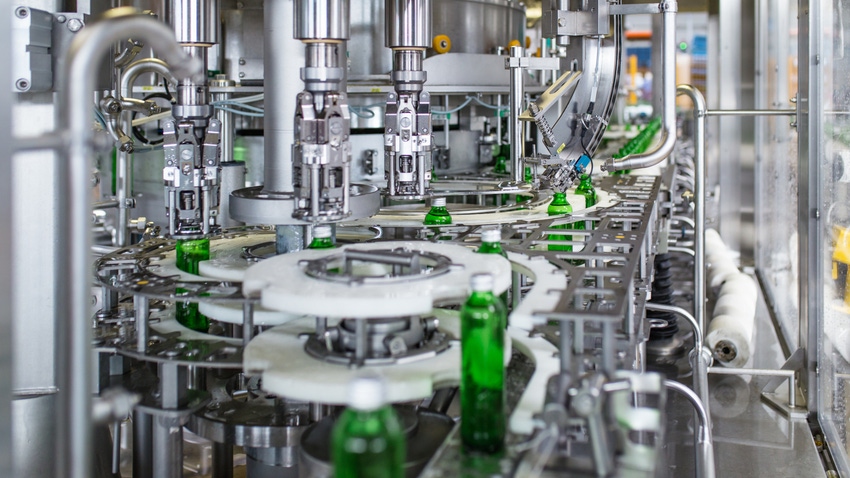June 3, 2020

What do you do when your packaging machine parts are no longer available? Packaging machinery maven John Henry offers answers for three different scenarios.
I’ve been in more than a thousand packaging plants through the years. I see lots of new machinery. I also see older machinery, some going back to the ’40s and ’30s, in daily use. A lot of these are built of cast iron and the basic machine will still be going when our grandchildren have retired.
If they are maintained properly.
The original iron lasts forever but many of the machine parts don’t. They wear and break. When replacement parts are not available, what’s a maintenance chief to do?
Different types of parts offer different supply channel challenges. We can classify parts broadly as machine parts, changeparts, and original equipment manufacturer (OEM) parts.
Let’s look at each type.
Machine parts.
Machine parts are made specifically for a machine by or for the machine builder. Examples include cams, pusher lugs, and grippers, as well as larger components and subcomponents. Many of these are not what we commonly think of as wear parts requiring periodic replacement. Many won’t last forever, though. The original builder may be out of business or otherwise unable or unwilling to provide them. When they can supply them, they may need to be fabricated.
Some companies purchase old machines to cannibalize them for parts. One source is brokers like EquipNet. EquipNet buys used machinery for resale. Some they sell for production use. Others, at the end of their service life, they sell for parts. Elba Boria, EquipNet’s director of Latin American sales, tells me the company accepts requests from customers looking for machines for parts. In other instances, EquipNet buys spare parts that may be sitting in stockrooms to offer to its customers.
Frain Industries also buys used machinery that it refurbishes to its customer’s specifications. It has an enormous parts inventory for refurbishing and after-sale support. However, Frain’s president Rich Frain tells me, “We don’t sell parts. Too often parts from seemingly identical machines, even with sequential serial numbers are not interchangeable. Modification and fitting may be needed to make them work if they can be made to work at all.”
When all else fails, replacement parts must be fabricated from scratch. Modern, technology makes this much easier than it used to be. Compact 3D scanners can capture even complex part geometries with high precision. This generates a g-code file that can be quickly printed in any 3D printer. The printed part may not be always be functional but serves to verify dimensions and fit. Once verified, the file can be sent to a CNC machine to fabricate the final, functional part.
Changeparts.
Changeparts are machine components that are routinely changed to adapt a machine to a specific package. Cap chucks, timing screws, starwheels, vertical form-fill-seal (VFFS) drop tubes, and case packer grids are a few common types of changeparts. As marketing introduces new package designs, new changeparts will be required to build them.
Fortunately, there are a number of companies that specialize in making changeparts. Many times they supply the original machine builder. Because they build so many changeparts for so many different machines, chances are they already have drawings for whatever parts you need. When they don’t, detailed measurements need to be taken.
OEM Parts.
OEM parts are standard, commercially available components available from many sources. These include switches, sensors, gears and bearings, motors, air cylinders, and more. Many of these are standardized so there may be multiple suppliers for, say, a 1-inch diameter x 6-inch stroke pneumatic actuator. Wherever possible, try to get OEM part numbers from the machine builder in addition to the builder’s part numbers. This will allow you to purchase the components directly if needed.
One special area is controls. Machines more than about 25 years old may have electromechanical controls or custom-built electronic controls. These were often difficult to service when new. The rapid obsolescence of electronics may make it impossible now. “We don’t even try,” Frain says. “We just pull everything out and replace it with a $500 PLC. It just makes life easier for everyone.”
New is nice but many older machines still have decades of life left in them if they can be properly maintained. Finding the needed parts can be a challenge but that is what makes the maintenance chief’s job interesting.
About the Author(s)
You May Also Like


